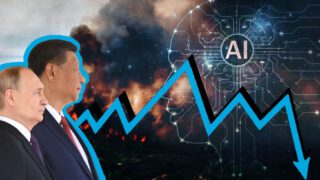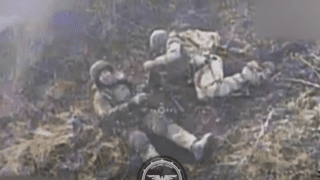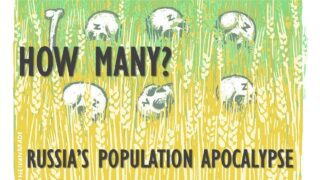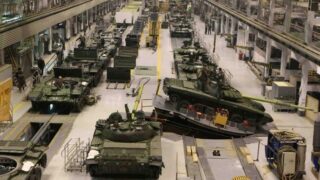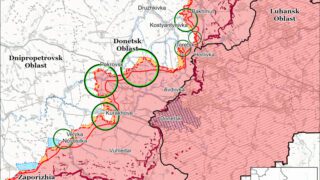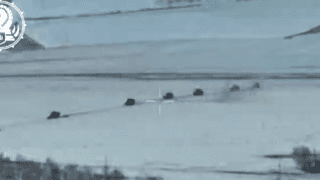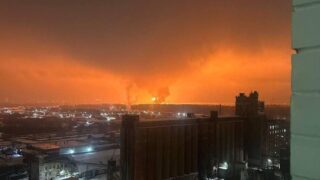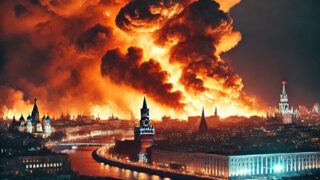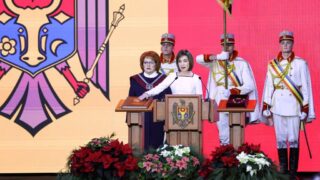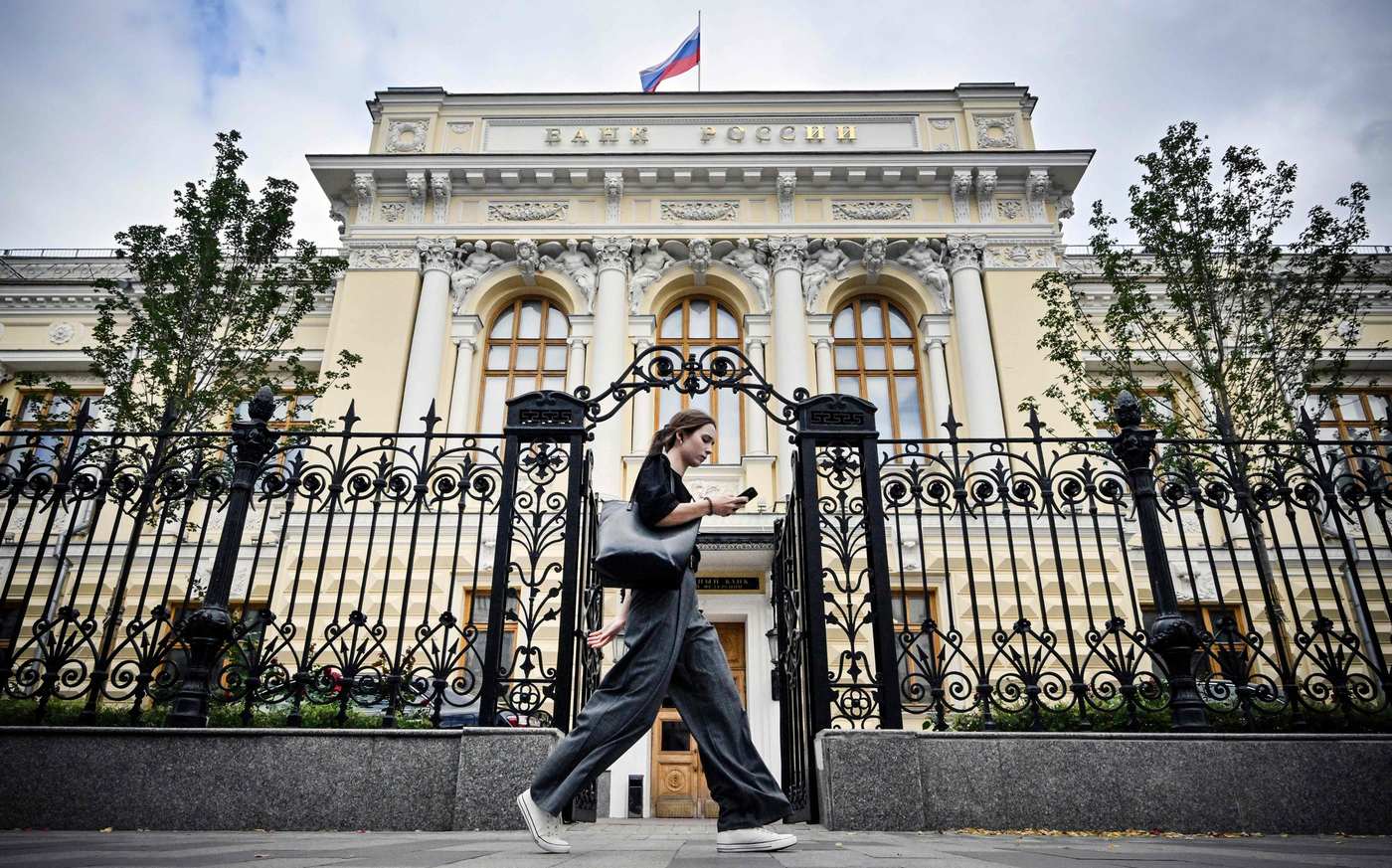
ISW: Kremlin policies signal Putin’s growing concern over long-term economic stability
On 14 November, the Institute for the Study of War (ISW) reported on mounting economic, demographic, and defense industry challenges facing Russia amid its prolonged war in Ukraine.
This comes amid 9% inflation as of August 2024 and persistent economic challenges driven by demand outpacing supply. Ukraine’s intelligence previously noted that Russia aims for a decisive victory by 2026, constrained by medium- to long-term economic and force generation limits. Strained by Western sanctions, labor shortages, and slowing growth, Russia increasingly relies on China, Türkiye, and North Korea for economic and military support. While showing short-term resilience, doubts about its capacity to sustain the war long-term continue to grow.
The Kremlin has adopted several policies to reduce costs, combat inflation, and address demographic decline.
“These policies also demonstrate that the Kremlin will not be able to sustain the protracted war effort for years and decades to come while shielding Russian society from economic challenges,” ISW says, adding that “Consistent Western and international support for Ukraine’s resistance on the battlefield will further exacerbate Russia’s economic problems.“
ISW noted that the Kremlin recently modified compensation promised to Russian servicemen wounded in combat. Initially introduced in March 2022 as an incentive for military recruitment, the policy guaranteed all wounded servicemen a one-time payment of three million rubles ($30,124). However, on 13 November, Russian President Vladimir Putin signed a decree reducing these payments, offering three million rubles only to severely injured servicemen. Lightly wounded soldiers now receive one million rubles ($10,152), and those with minor injuries are given 100,000 rubles ($1,015).
These changes sparked backlash among Russian ultranationalist bloggers, who criticized the Kremlin for reneging on promises to recruits, according to ISW. Putin attempted to placate critics by increasing payments for severely injured servicemen to four million rubles ($40,136), but critics argue that selective medical assessments are being used to unfairly deny compensation. ISW highlighted that this shift underscores the Kremlin’s struggle to sustain the financial burden of war while maintaining recruitment and retention efforts.
The Kremlin’s fiscal challenges extend beyond military compensation. High interest rates are affecting Russia’s defense industrial base (DIB) and broader economy. The Russian Central Bank raised its key interest rate to 21 percent on 25 October, prompting discontent among defense CEOs and policymakers. The Center for Macroeconomic Analysis and Short-Term Forecasting (TsMAKP) warned that these policies are creating stagflation — a combination of stagnation and high inflation — which could lead to recession by mid-2025.
Defense production has been particularly impacted, with Foreign Policy (FP) reporting that Russia loses approximately 320 tanks and artillery barrels monthly but produces only 20. Russia’s infantry fighting vehicle (IFV) losses are similarly high, at 155 per month, while domestic production meets only 17 per month. FP noted that high interest rates complicate loans for non-defense companies, shrinking the civilian economy and increasing risks of post-war recession.
In response to demographic challenges, Russian authorities have introduced a Strategy of Action through 2036, focusing on increasing birth rates and addressing labor shortages. The strategy includes support for families, reproductive healthcare, and family-positive media campaigns. However, Russia’s population continues to decline, with Rosstat data showing a natural decrease of over 600,000 people annually until 2032. Labor shortages have led to greater reliance on migrant workers, but xenophobic rhetoric and legislative barriers hinder effective integration.
“A combination of naturally declining population and aversion to creating conditions conducive to migration and enhancement of the skilled labor workforce will possibly impair the Russian economy and consequently Russian DIB in the mid- to long-term,” ISW concludes.
Related:




